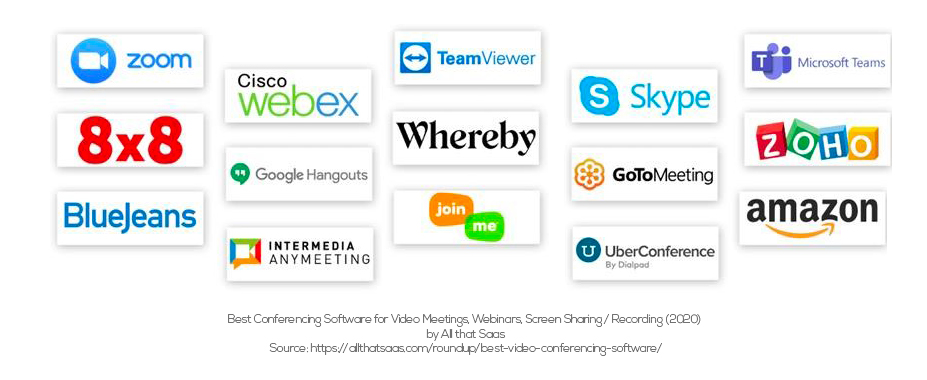6 simple tips to elevate your virtual change communication.
01 Feb 2021
To succeed as Change Managers we have to master the new communication channels.
Article written by Morten Kamp Andersen
01 Feb 2021
To succeed as Change Managers we have to master the new communication channels.
Article written by Morten Kamp Andersen
Remember the water-cooler conversations, impromptu meetings and kick-off events? That was not long ago. But with the sudden shift to video conferencing and virtual collaborative tools, we must reinvent how we communicate. And to succeed as Change Managers we have to master the new communication channels.
Fear not. Best practices are emerging. Here are 6 simple tips to help you take communication to the next level.
The basics of communication, with a big twist. You know that communication for change is a campaign in and of itself. One that involves delivering the right message to the right audience, at the right time, through the right channel. Getting everyone on the same page and on board requires an intentional and structured communication strategy. But Covid-19 has disrupted one basic parameter – the channels.
Online communication? Non-verbal on the line. Face-to-face interactions are getting pushed online. Opportunities to connect informally have dramatically shrunken. Picking up on people’s reactions, mood, and mindset is harder than ever before. Experts calculate that 80% of communication is non-verbal, and that includes gestures, eye contact, tone of voice, facial expressions, posture…. Screens do not allow to fully grasp those cues and signals. Phone calls, written emails, and in-app interactions almost suppress them entirely. We are left with an incomplete and arguably treacherous reading of people’s behaviors. So, what now?
#Tip 1 Leverage technology to create a vibrant online culture - but set clear guidelines! The hybrid workplace model is here to stay, we better get used to it … and make the most of it. Video conferencing and virtual collaborative tools have leaped to the forefront. But scattered across too many channels, your communication efforts can literally fall into pieces. Sort out which platform or tool to use for what (informal hangouts, webinars, group meetings and workshops, one-on-one coaching, instant messaging, general content). Make sure everyone uses the same software(s) – with proficiency. It can be a steep learning curve for some people, but well-worth the training time and effort.
#Tip 2 OVER-communicate, the smart way. Perhaps you have been told that “less is more”. Not now. If anything, it should remind you to keep the message(s) simple. But when it comes to frequency, do precisely the opposite. Communications should balance out the fact that everybody and everything is less visible. Go above and beyond to keep teams connected, informed, and engaged. But be smart with it:

#Tip 3 Use visuals to keep things clear and engaging. Keep change processes clear with catchy visuals. Think flow charts and infographics. Long text messages can quickly get lost in the slew of digital communications. Part of creating an online culture and operating efficiently within virtual boundaries includes excelling at communicating visually.
#Tip 4 Identify change champions to initiate online-conversations. Paired with the right employee “influencers”, internal social channels and collaboration platforms can considerably boost your communication efforts. Communication should be a two-way street, and this allows you to do just that. If you can turn “influencers” into change champions and trust them to initiate start online conversations, they will help you “leverage positive peer pressure”. Not only that. They might quickly cement a community around the change.
#Tip 5 Allow space for spontaneous exchanges. Resistance can easily slip under the radar in a remote working context. It is perhaps one of the biggest challenge Change Management must face in the wake of Covid-19 crisis. It is your mission to recreate spaces where people can open up and feel part of a vibrant community. And not everything about virtual working is intrinsically bad on the social front. Prosci made a good point with suggesting that it somehow forced us to reconnect and empathise. Think of the many ways Zoom conferences have drawn you closer to your co-workers because - like it or not - the private sphere has been made more permeable. Frequent informal check-ins, virtual brown bag lunches that people can freely join to discuss the change, digital hangouts, … come up with creative ways to foster a sense of belonging. Engagement rates will shoot up.
#Tip 6 Trust the people to do the work. Remote working is ushering us in an era of hyper communication. But avoid veering into micro-management territory. Sending a gazillion of emails is the most ineffective way to communicate in a hybrid workplace. People and teams thrive when given some leeway. After all, another prominent feature of remote working is the call and push for more autonomy.